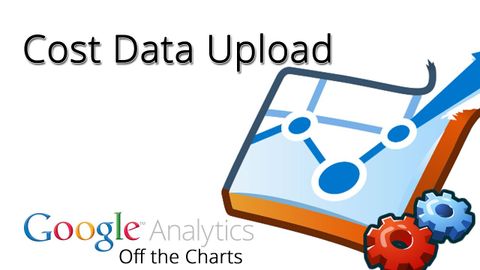關閉圖表。將成本數據引入谷歌分析 (Off the Charts: Getting Cost Data into Google Analytics)
Chris Lyu 發佈於 2021 年 01 月 14 日  沒有此條件下的單字
沒有此條件下的單字US /kæmˈpen/
・
UK /kæm'peɪn/
- v.i.領導運動
- n. (c./u.)(尤指政治、商業或軍事的)專門活動,運動;軍事行動;(政治或商業)活動
- v.t.推廣
US /ˈfitʃɚ/
・
UK /'fi:tʃə(r)/
- n. (c./u.)特別報導;專欄;特徵;特點;面部特徵;電影長片
- v.t.由...主演;以...為特色
- adj.主要的;重要的
US /ˈprɑpəti/
・
UK /'prɒpətɪ/
- n. (c./u.)特徵,屬性;物業,物業;財產;道具

